
Conduct During the National Anthem
Here is the wording of 36 U.S. Code § 301 "National anthem"
(a) Designation.—The composition consisting of the words and music known as the Star-Spangled Banner is the national anthem.
b) Conduct During Playing.—During a rendition of the national anthem—
(1)when the flag is displayed—
(A) individuals in uniform should give the military salute at the first note of the anthem and maintain that position until the last note;
(B) members of the Armed Forces and veterans who are present but not in uniform may render the military salute in the manner provided for individuals in uniform; and
(C) all other persons present should face the flag and stand at attention with their right hand over the heart, and men not in uniform, if applicable, should remove their headdress with their right hand and hold it at the left shoulder, the hand being over the heart; and
(2) when the flag is not displayed, all present should face toward the music and act in the same manner they would if the flag were displayed.
Why promote Flag Etiquette?
The American flag has a long history, and the members of the Veterans of Foreign Wars have spent nearly as long defending and honoring our nation's most iconic symbol of freedom. Whether you're looking for the historic details of how the U.S. flag came to be, or the rules and regulations that encompass her daily flight, the VFW is here to ensure you can find the information you need.
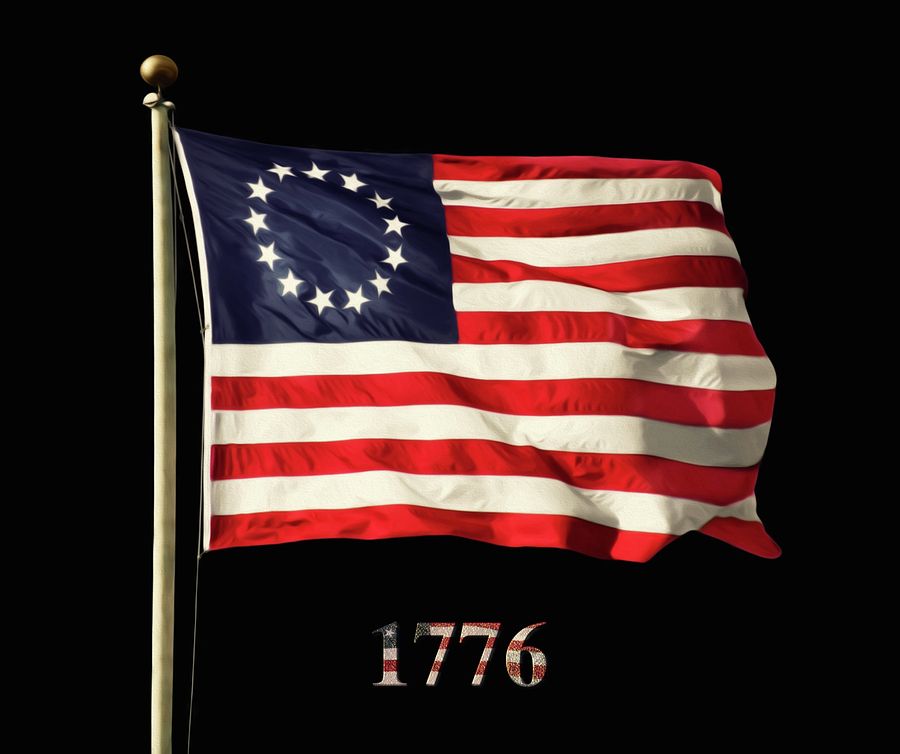
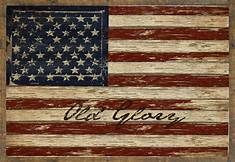
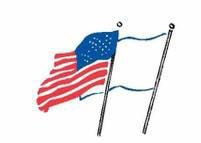



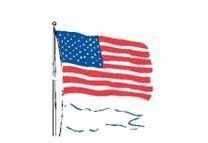
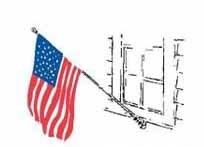

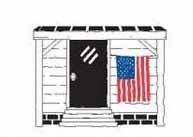

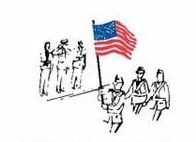




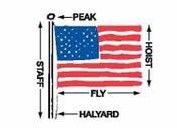
.jpg)
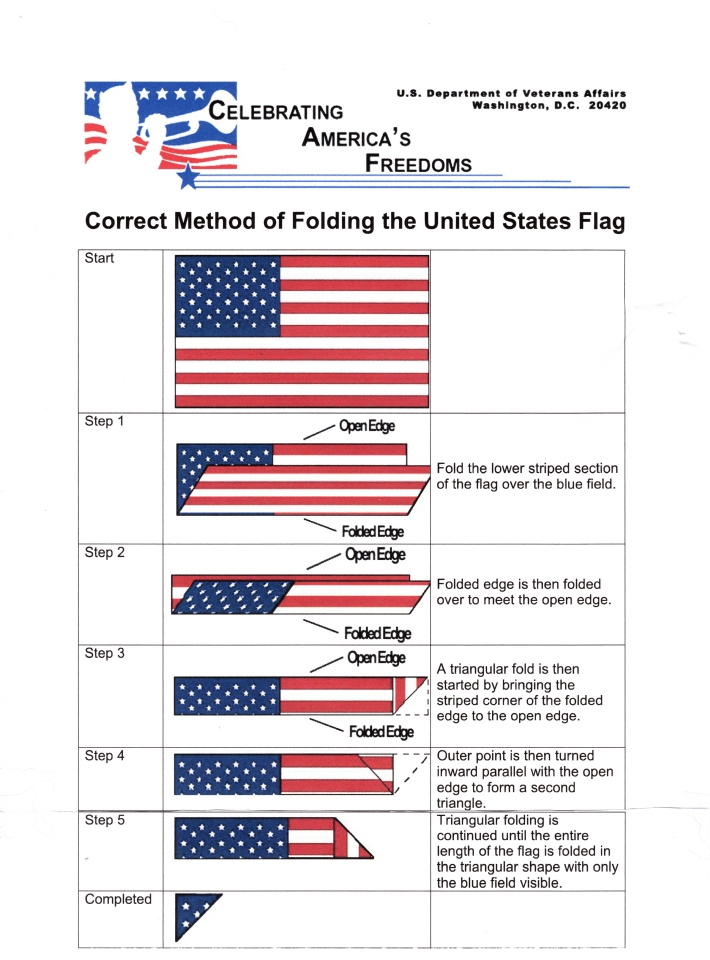

Displaying a flag outside for all to see, where it will experience different temperatures and ever-changing weather, will result in a worn flag eventually – even the best flags.
With the average outdoor flag statistically only lasting about 90 days (Star Spangled Banners are not average), it is possible you will have at least a few old ones that are ripped, tattered, or in some other way worn out and damaged, ready for disposal by the end of the year.
With all the meaning it holds, it would be wrong to throw them in the trash. But few people know what to do with old American flags. What is the proper way to retire an American flag?
While it is not illegal, much of the younger generation does not realize the disrespect associated with throwing away an American flag. Or maybe you knew you shouldn’t toss it in the garbage, but didn’t know any other way to get rid of it. Well, we are here to tell you how to properly dispose of an American flag.
Options for Retiring Your Flag
(for more information about each subject please click on the hyper-link)
- Donate Your Tattered Flag: Normally burning the flag is listed as the first option, but there may be some concerns. Will the fumes be bad for the environment or your health? What if you don’t have a place to build a fire? Flags are made from a much wider range of products now than they used to be when the US Flag Code was first created. Depending on what kind you have will determine if it contains materials that produce dangerous fumes when burned. If you feel unsafe trying that method or don’t have the resources, not to worry, there are plenty of other options. That’s why we first recommend giving older flags to qualified organizations like the VFW or American Legion as the best option. Donating is a great US flag disposal technique. Around your community there are places that you can drop a tattered American flag off for them to dispose of. yo can got to "American flag disposal near me” where you will see a list of local drop-off centers. Flag disposal locations such as your local Veterans of Foreign Wars (VFW) posts, American Legion, and Boy and Girl Scout organizations will gladly take them to recycle or burn. VFW flag disposal locations offer these services to ensure the flags get thrown away properly if others do not have the means to. You can also check your local hardware or grocery stores for a flag drop box, a container to collect old American flags for donation. This provides a quick and easy solution for those who are busy to make sure their old flags are taken care of properly.
- Ceremonial Flag Burning: The United States has a set of laws pertaining to US flag disposal known as the US Flag Code. In this set of rules are the specifications on how the item we use to symbolize freedom, innocence, and unity should be treated. Also known as retiring the flag, it is important to regularly get rid of torn ones. The Code states that if it is not in good enough condition to represent our country, it should be taken down and destroyed. The dignified manner they recommend is burning. You will want to make sure to follow proper technique when burning an American flag. First, make sure the fire is big and hot enough to incinerate the cloth completely. Fold the flag(s) properly and place it on top of the flames. While it is burning, show respect by saluting, singing the National Anthem or reciting the Pledge of Allegiance. Once you are sure it is entirely burned, put the fire out.
- Flag Burial: This is a great option for anyone that wants to dispose of their own flag but is not able to or does not want to build a fire. You can bury a flag in the ground in a well-constructed container to keep it protected. While some people do not find it proper, a good rule of thumb to keep in mind is that as long as it is thrown away in a dignified manner, it is allowed. Make sure to follow the procedure below to guarantee a respectful ceremony. The correct way to bury a pennant includes finding a box in good condition to place it in. In the United States Flag Code, it states the cloth should not come in contact with the ground or dirt, so finding a quality box is necessary. Fold it properly and place it in the box to be placed in the ground. Just as we recommended for the burning, take a moment of silence or respectfully say a few words as you bury the box.
-
Shredding Techniques: Once a flag is cut up, it is technically not an official American flag anymore, meaning you can then throw it away without it being disrespectful. Shredding gives you multiple options to either burn, bury or recycle the material once it is disassembled. Flag recycling is common with synthetic and nylon made banners because burning these materials can be hazardous. It is possible to take the nylon from an old flag and turn it into a brand new one from the old. As for burning and burying, you will just follow the previous steps once you cut it.. Just like every other disposal solution, there is a proper and respectful way to do this. The first technique entails cutting apart each of the white and red stripes. Separate them neatly by using a sharp pair of scissors. The other option is to cut it in half vertically and then again horizontally. The most crucial step for both procedures is to make sure the blue section with the stars stays intact.
-
Replace Your Worn Out Flag:
- Flying a tattered American flag is just as disrespectful as throwing it in the garbage. Though some may not have the means to buy a new one, it is against etiquette to fly one that is worn out. If you have the ability to purchase another (StarSpangledFlags.com provides coupons to help every month), respect all that it represents and hang one in pristine condition. As an American, the flag symbolizes the history that provided us with the foundation for our country today. It is imperative to treat these emblems with respect and retire them with dignity. With the four disposal options mentioned above, there is no reason this symbol of freedom should be found in the trash. Browse our selection of durable American, State, Military and Historical flags
